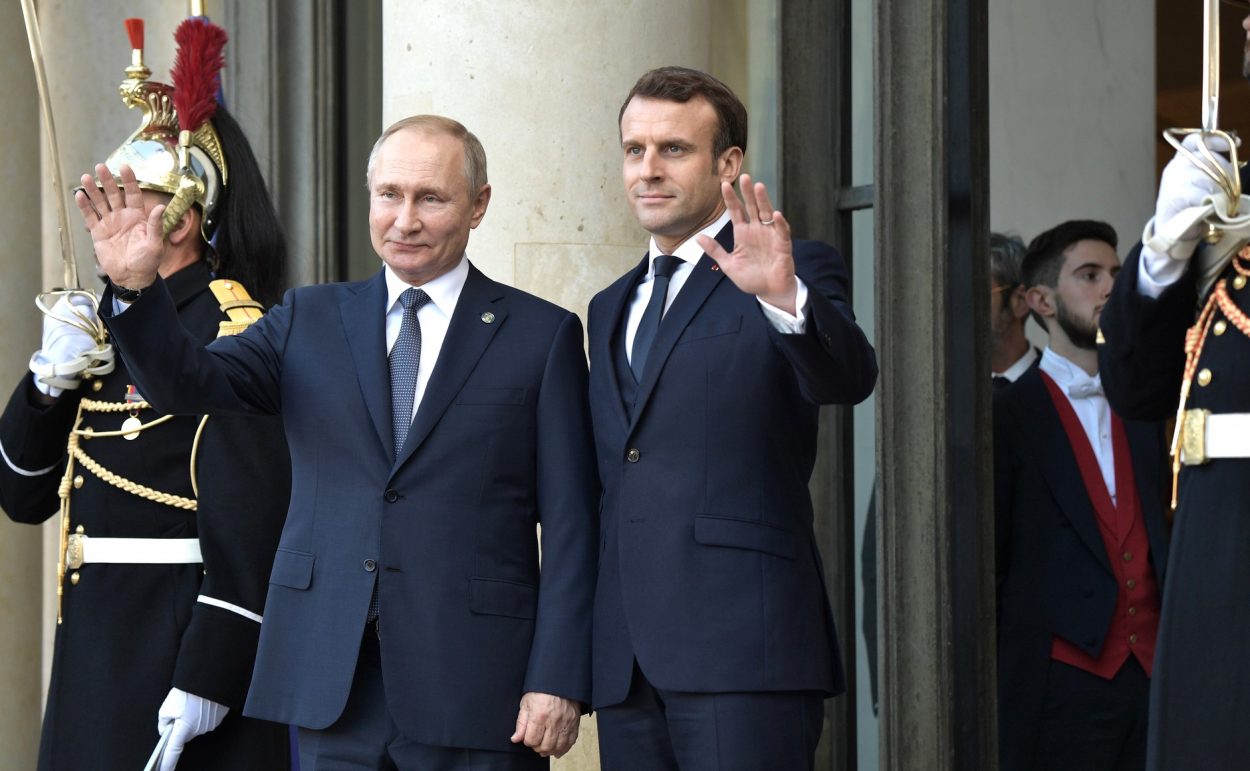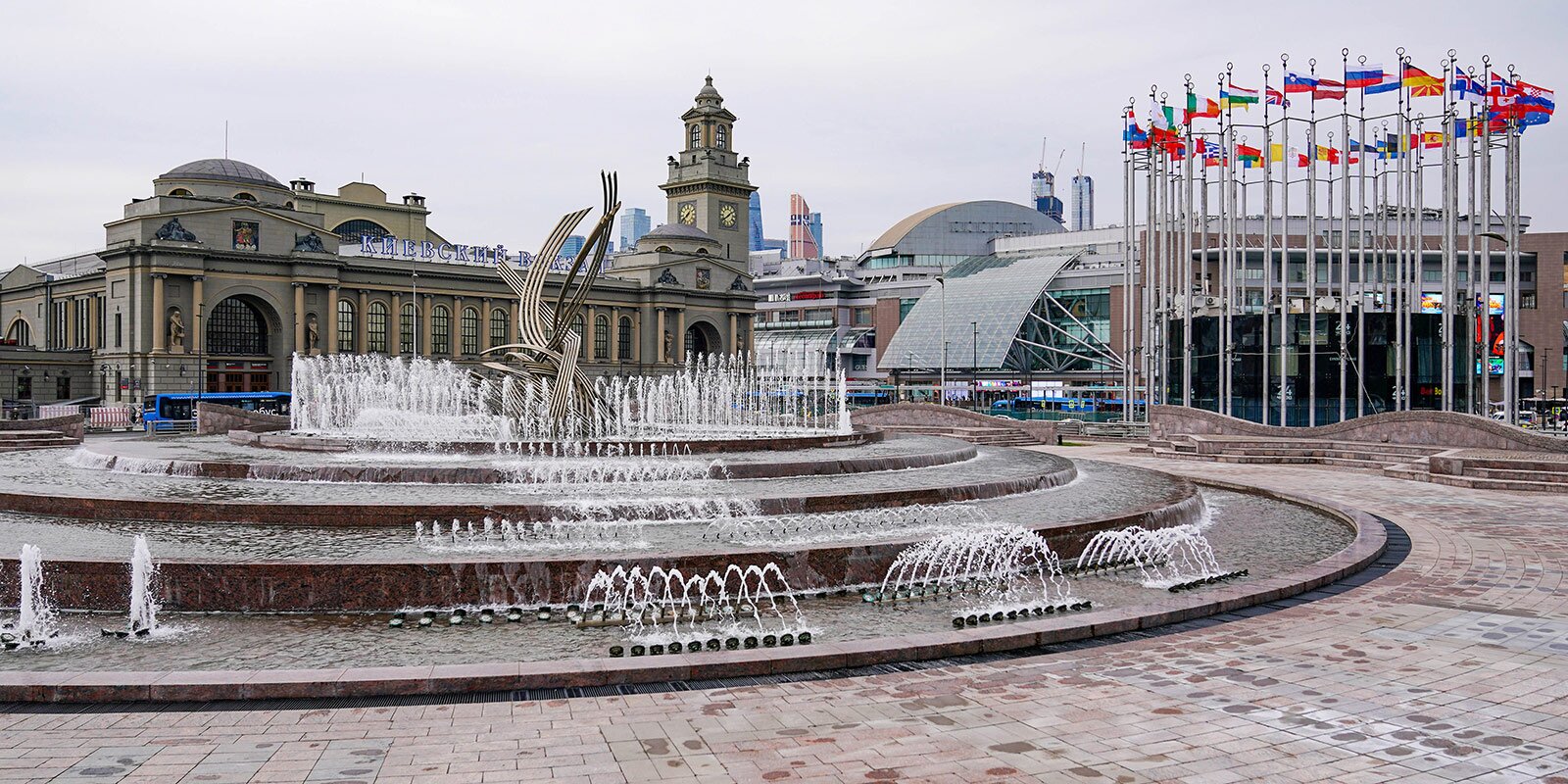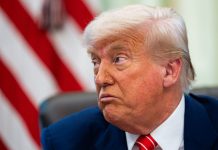In a twist of irony, the European Union’s bold proclamation to sever ties with Russian gas has morphed into an unexpected surge in imports.
Despite bold proclamations to sever ties with Moscow’s fossil fuels, EU nations have inadvertently increased their Russian gas imports, padding Putin’s war effort with billions.
The grand plan to phase out Russian energy appears to be faltering. While European governments have clamped down on Russian oil, natural gas continues to flow freely across borders.
Surprisingly, French companies lead the pack in liquefied natural gas (LNG) imports, with the EU as a whole seeing a 7% surge in Russian LNG purchases compared to last year.
European leaders fear an energy crisis. Complete severance from Russian gas could send heating bills soaring and cripple gas-dependent industries.
Interestingly, while France increased its Russian LNG imports, it simultaneously reduced imports from other sources such as the United States, Angola, Cameroon, Egypt, and Nigeria. The reduction nearly offsets the increase in Russian LNG.
This information comes from an analysis by the Institute for Energy Economics and Financial Analysis (IEEFA), a US non-profit advocating for sustainable energy transition. IEEFA’s study utilized data from Kpler, a shipping tracker, and ICIS, a commodity data provider.
According to IEEFA, French companies imported almost 4.4 billion cubic meters of Russian LNG in the first half of this year, more than double the 2 billion cubic meters imported during the same period last year. Spain and Belgium, the next largest importers, saw modest changes, with a 1% increase and a 16% decrease, respectively.
TotalEnergies, the French energy conglomerate responsible for the largest share of these imports, stated that they were fulfilling contracts signed before Russia’s invasion of Ukraine.
The recent Houthi rebel attacks on ships in the Suez Canal have also influenced LNG import patterns. These attacks have disrupted gas shipments from the Middle East to Europe, while Russia’s Arctic route remains unaffected.
France’s Finance and Economy Ministry highlighted that France, along with Spain, possesses the most LNG terminals in Europe, making it a crucial entry point for LNG imports.

Meanwhile, Moscow signals its own pivot. The symbolic renaming of ‘Europe Square’ to ‘Eurasia Square’ in the Russian capital speaks volumes.
Signifying a major shift in Russia’s geopolitical outlook amid worsening relations with the West, Moscow’s famous Square of Europe has been officially renamed Square of Eurasia now. Sergei Sobyanin, the city’s mayor, has signed an order to change the name.
During a ceremony on Wednesday, city officials revealed the new name, stating it better represents Russia’s strategic shift towards Asia and the broader Eurasian region. Many see this change as a symbolic move away from Europe, highlighting the strained relations since the Ukraine conflict began.
“Europe is no longer our partner,” remarked one city official at the renaming ceremony. “In these challenging times, we are looking East, towards our allies in Eurasia, to build a stronger, more resilient future.”
This renaming takes place amid Russia’s ongoing conflict in Ukraine and the extensive Western sanctions imposed as a result. These sanctions have severely strained Moscow’s ties with European countries, marking one of the most challenging periods in recent history.
What Is ‘Eurasia’?
The concept of “Eurasia” varies across different countries. President Vladimir Putin refers to Russia as a Eurasian power, implying that while Russia is geographically situated in both Europe and Asia, it is culturally distinct from either continent.
Even after the dissolution of the Soviet Union, Russia remains the largest country by area, spanning 11 time zones, similar to the former USSR.
A commemorative plaque in Europe Square reads, “As a token of stronger friendship and unity between the European countries, the government of Moscow has decided to create the ensemble of the Square of Europe in the Russian capital.”
Government Narrative
The renaming of Europe Square goes beyond merely changing street signs; it underscores a broader narrative promoted by the Russian government, which increasingly portrays Europe as an adversary rather than a partner.
This shift is evident in state media, where Europe is often depicted negatively, highlighting the tensions and conflicts that have emerged from the Ukraine crisis and the resulting sanctions.
Putin’s View On Russia’s Identity
But, there was a time when Russia’s President, Vladimir Putin, viewed the country’s identity as closely tied to Europe.
Putin first became President of Russia on May 7, 2000, at the age of 47.
Before assuming leadership, he gave an interview to BBC journalist David Frost on March 5, 2000. In that interview, he stated, “Russia is part of European culture. And I cannot imagine my own country in isolation from Europe and what we often call the civilized world”
This wasn’t the first or last time that Putin connected Russia to European culture and spoke of a prosperous Europe.
On September 25, 2001, Russian President Vladimir Putin addressed the German parliament, stating, “Russia is a friendly European country. Stability and peace in Europe are Russia’s primary goals.”
Putin emphasized that democratic rights and freedom are central to Russia’s domestic policy. His speech was met with applause from German MPs, including Angela Merkel, who was serving as an MP at the time. The address took place in Berlin, a city historically emblematic of the divide between the West and the Soviet Union.
However, things changed afterward.

NATO’s Formation & Expansion
NATO, the North Atlantic Treaty Organization, was established in 1949 after World War II by the United States, Canada, and several Western European countries. Its primary purpose was to provide collective security against the Soviet Union during the Cold War era, a period marked by a bipolar world with the U.S. and the Soviet Union as the two superpowers.
Initially comprising 12 member states, NATO operated on the principle of collective defense: an attack on one member would be considered an attack on all.
The dissolution of the Soviet Union on December 31, 1991, marked a significant shift in global dynamics. With the fall of its primary adversary, NATO’s original raison d’être became less relevant. Russia emerged from the Soviet collapse as a new entity, albeit economically weakened, while the United States rose to prominence as the world’s sole superpower.
Despite the changed geopolitical landscape, NATO continued to expand. In 2004, it welcomed seven new members: Estonia, Lithuania, Latvia, Bulgaria, Romania, Slovakia, and Slovenia. This expansion brought the alliance closer to Russia’s borders. Croatia and Albania joined in 2009, further extending NATO’s reach.
Tensions With NATO
As NATO expanded eastward, tensions with Russia grew. The 2004 Orange Revolution in Ukraine signaled the country’s desire to align more closely with the West, causing concern in Moscow. Ukraine’s formal application to join NATO, though not yet accepted, further strained relations.
In February 2022, Russia invaded Ukraine, triggering a global crisis. The West’s response was viewed by some as a unified stand against Russian aggression, while others perceived it as inadequate.
This event prompted traditionally neutral countries like Sweden and Finland to apply for NATO membership, further frustrating Russian President Vladimir Putin, who perceived the inclusion of his neighboring states and former Soviet republics in NATO as a direct threat to Russian security.
NATO’s expansion and Russia’s growing isolation from European security have significantly intensified Putin’s anti-Western stance.
It’s worth noting that Putin has been in power in Russia for the past 22 years, during which time five U.S. presidents have been elected.
Redefining National Identity
The decision to rename ‘Europe Square’ in Moscow has elicited diverse responses from the city’s residents. Some view this change as a necessary adaptation to current geopolitical circumstances, while others express concern over the widening gap between Russia and Europe. These latter individuals worry about potential increased isolation and economic difficulties.
It’s important to note that many Russians still identify strongly with European culture and do not see themselves as inherently connected to Asia. This cultural affinity with Europe remains a significant factor in the Russian national psyche.
The renaming of Europe Square reflects a broader Kremlin strategy to reshape Russia’s national identity and redirect public sentiment away from Western influences.
By promoting a Eurasian identity, the Russian government appears to be aiming to strengthen its position in Asia and among former Soviet states. This approach seeks to forge new economic and political alliances that could serve as a counterweight to Western pressures.
- Shubhangi Palve is a defense and aerospace journalist. Before joining the EurAsian Times, she worked for E.T. Prime. In this capacity, she focused on covering defense strategies and the defense sector from a financial perspective. She offers over 15 years of extensive experience in the media industry, spanning print, electronic, and online domains.
- Contact the author at shubhapalve (at) gmail (dot) com.




